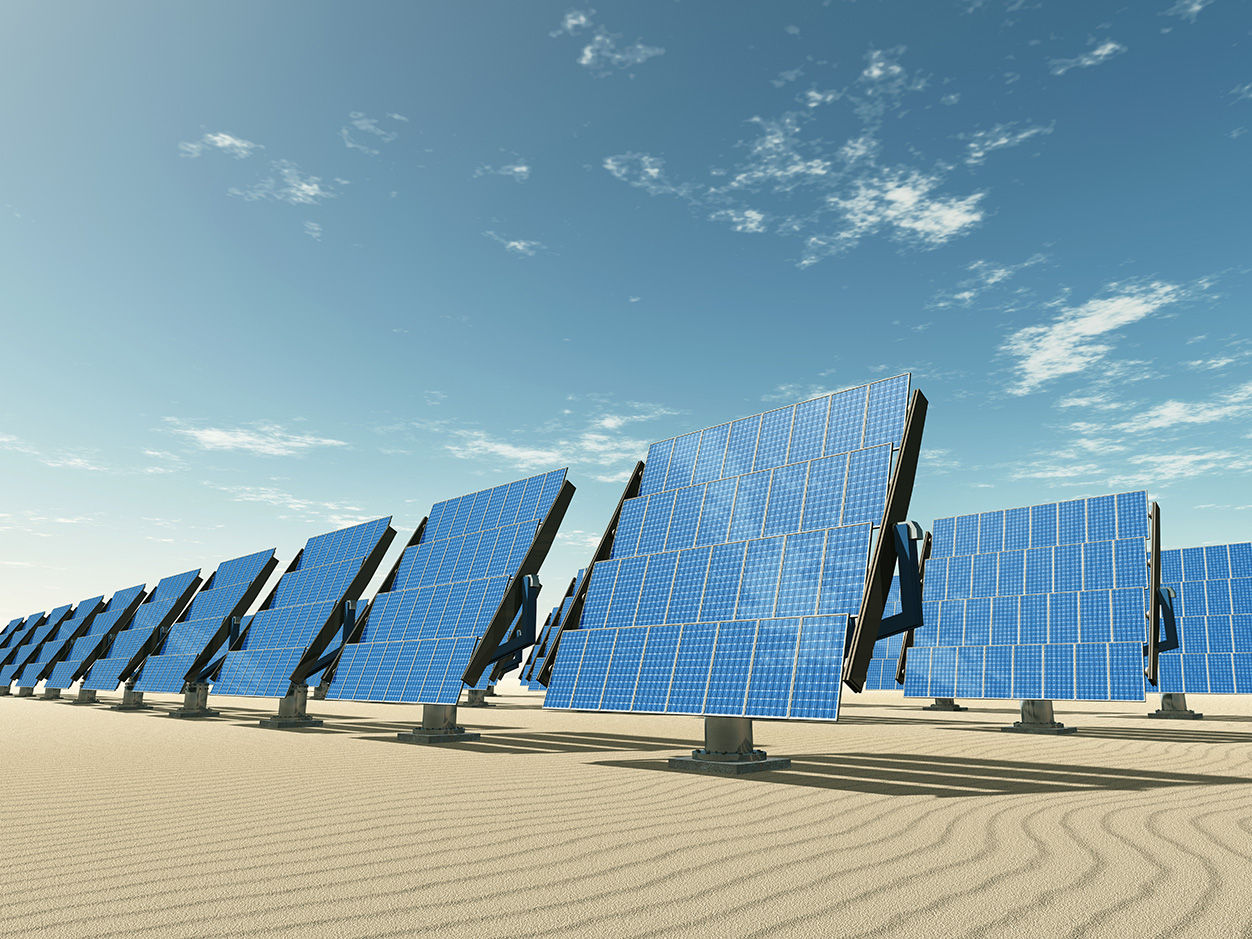Here Comes the Sun: Challenges of Constructing Large Solar Panel Farms

In recent years, solar panels have taken the forefront in America’s push for renewable, sustainable energy. You may own some solar panels yourself – a few installed on the slope of your roof or a couple laying in your backyard. But what about constructing a 900-acre solar panel farm, like the proposed Bear Ridge Solar Project in Niagara County, New York? What are the various hurdles to constructing even a few acres of solar panels? We will discuss a few below.
Long Project Schedules
If an individual or a company is taking the leap to build a solar farm, they will need to plan everything out years in advance. Most large solar panel farms take 2-3 years to complete, with some taking 5 years or more. Much of this time is made up of land acquisition, design, and permitting. Of course, it takes a lot of research and data gathering to decide which piece of land is suitable for the solar farm. Size, access to sunlight, disturbance to surrounding ecological environments, and ease to existing electrical grid system all play a role in determining where to build the solar farm. Thereafter, the farm needs to be designed to fit the location logically and strategically. Finally, the company or individual building the farm must complete negotiations for the land (whether buying it outright or acting as a tenant) and organize and pay for any state or local permits.
Once land acquisition is in the rear-view, it takes about 6-10 months to engineer and construct the farm. A solar farm follows the needs and steps of any other construction project: develop a construction schedule, engineer the farm design to make it viable and productive, procure equipment, and construct the farm.
Finally, after the land is acquired, negotiations with the landowner are finished, permits are issued, and the farm is engineered and constructed, it can take anywhere from 2 to 12 months to connect the solar farm to the electricity grid. This requires working closely with public utilities to ensure that the correct infrastructure is in place to support the farm and connect to the grid. Typically, this phase of building a solar farm runs concurrently with construction, but is always the final step to getting the farm up and running.
Financial Obligations
The costs to build a wind farm upfront are massive, with the cost per watt for installations at large a scale around $1. To put that into perspective, a 1 megawatt solar farm would cost around $1 Million. The largest solar farms on Earth consist of 1,547 megawatts (Tengger Desert Solar Park, China), 1,177 megawatts (Sweihan Photovoltaic Independent Power Project, UAE), and 1,070 megawatts (Datong Solar Power Top Runner Base, China).
The upfront costs do not end there. Solar panels, like most everything else, require maintenance – which costs money. Also, negotiations with landowners, permitting with the city, handling good and bad press, all take money and do not end after the farm construction is finished.
Community Backlash
Rural communities across America are adamantly against large solar panel farms, from the 900-acre farm in New York discussed briefly above to an 80-acre farm proposed (and successfully quashed) in Virginia. Citizens complain these farms impact the natural beauty of the location, cause hazardous glare to drivers passing on the local roads, and cause massive impact to animals. Also, local farmers fear that large energy companies will buy out the tracts of land they rely on to farm. These sentiments cannot be ignored and are gaining traction – leading to yet another hurdle to jump to fully complete a solar panel farm.
Legal Disclaimers
This blog is made available by Gerstle Snelson, LLP for educational purposes and to provide general information about the law, only. Neither this document nor the information contained in it is intended to constitute legal advice on any specific matter or of a general nature. Use of the blog does not create an attorney-client relationship with Gerstle Snelson, LLP where one does not already exist with the firm. This blog should not be used a substitute for competent legal advice from a licensed attorney.
©Gerstle Snelson, LLP 2021. All rights reserved. Any unauthorized reprint or use of this material is prohibited. No part of this blog may be reproduced or transmitted in any form or by any means, electronic or mechanical, including photocopying, recording, or by any information storage or retrieval system without the express written permission of Gerstle Snelson, LLP.

